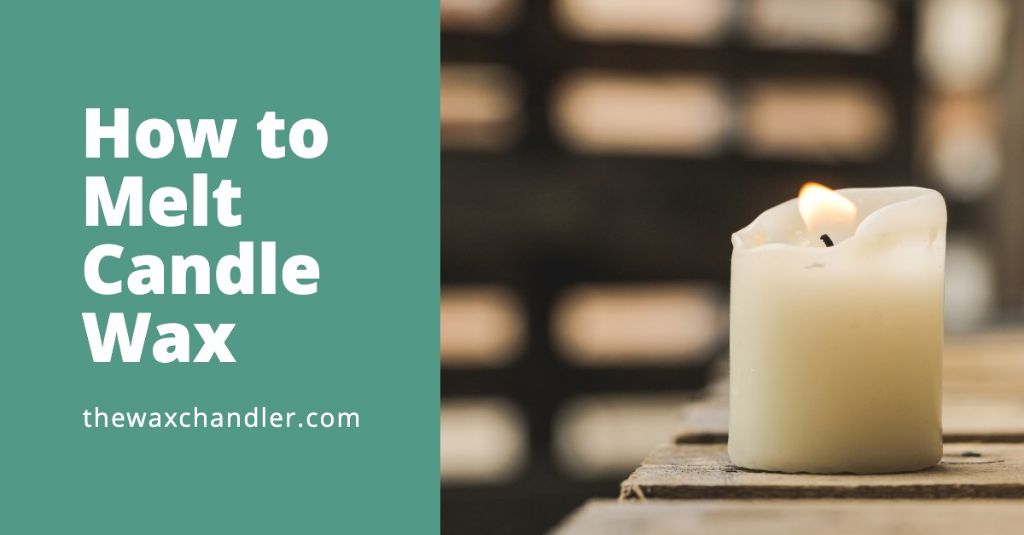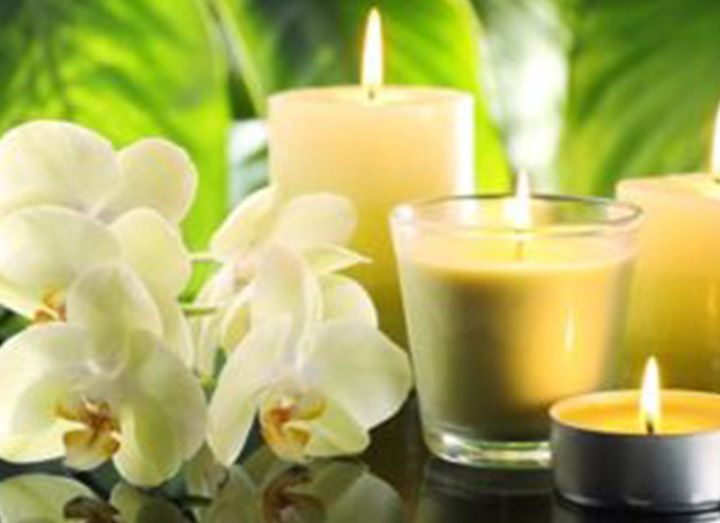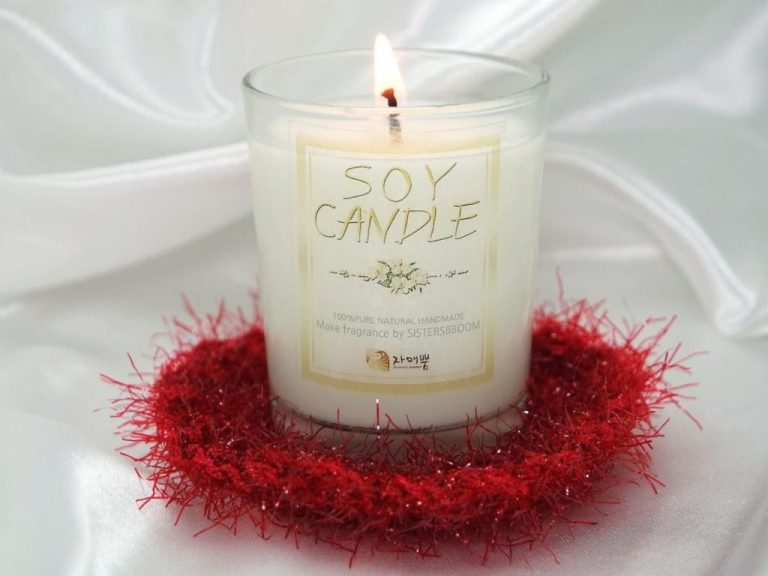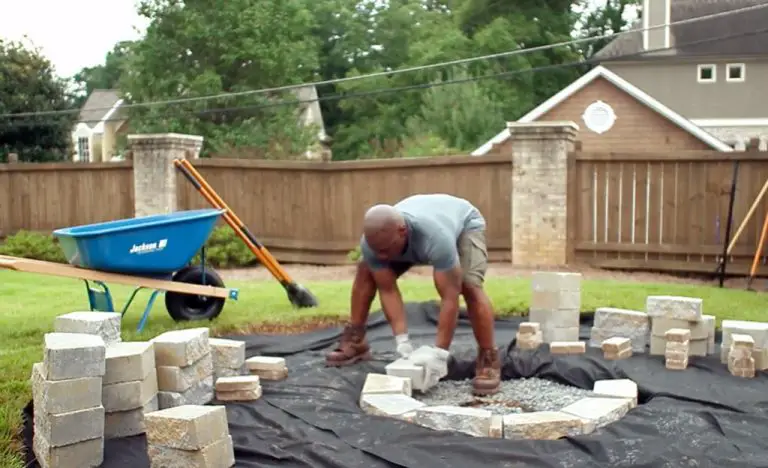Is It Safe To Melt A Candle On The Stove?
In 2021, there were an estimated 15,820 home fires caused by candles resulting in 190 deaths, 1,060 injuries and $487 million in direct property damage. Candles are a major fire hazard if not used properly. However, with some basic safety knowledge, you can enjoy candlelight safely. This guide will explain the risks and best practices for melting candles, particularly on the stovetop, to help prevent dangerous fires.
Why Melt Candles?
There are several reasons why someone may want to melt candles (Village Craft and Candle, 2022):
- To reuse wax from old candles and make new candles – By melting down the leftover wax, crafters can create new candle creations and avoid waste.
- To harvest wax for candle making – Some people will melt down old candles specifically to collect the wax for future candle projects. The reused wax helps reduce costs.
- To remove wax from candle containers – Melting candles enables easy removal of wax so containers can be reused or recycled.
- To create melts and tarts – Melting wax allows pouring into silicone molds for wax melts and tarts.
- To make candle wax more malleable – Heating solid wax makes it pliable for shaping by hand or pouring into molds.
- To heat homes – In some cases, melting candle wax can provide a small supplementary heat source.
In summary, melting wax from old candles enables crafters to reuse materials for new creations, while also cleaning containers for reuse and making wax workable for projects.
Safety Precautions
When melting candles, it is crucial to take proper safety precautions. This includes using the right equipment, ensuring proper ventilation, and having adult supervision if children are involved (Candles.org).
Proper candle melting equipment, such as a double boiler, melting pitcher, or crock pot, helps prevent direct flames from coming in contact with wax and avoids splattering or overheating (Scandinavian Candle). Metal, glass, or ceramic containers specifically designed for melting wax are recommended.
Adequate ventilation is also key. Melting wax releases fragrance and vapors, so work in a well-ventilated area. Avoid drafts or vents that could lead to rapid or uneven burning. Opening windows or working outdoors can improve air circulation (Candles.org).
Adult supervision is a must if children are present during the melting process. Candles and wax can be extremely hot, so adults should oversee all steps to prevent burns or other injuries (Scandinavian Candle). Taking proper precautions will lead to safe and enjoyable candle making.
Melting Methods
There are a few common methods for melting candle wax safely and effectively:
Double Boiler
Using a double boiler is one of the safest and most recommended ways to melt wax. Fill the bottom pot with water and place your wax in a heat-safe container set inside the pot. Heat the water, allowing the steam to gently melt the wax in the top container. This prevents scorching or overheating the wax. Always watch the double boiler when melting wax and remove from heat once fully melted [1].
Microwave
You can melt wax in the microwave in short 30 second intervals, stirring between each interval. Use a microwave-safe container and watch closely to prevent overheating. Melting wax in the microwave can speed up the process, but may lead to hot spots so stir thoroughly before pouring [2].
Stovetop
Melting wax directly on the stovetop can be done carefully using low heat. Place the wax in a heat-safe container set in a pot of water to create a makeshift double boiler. Stir continuously to prevent burning or scorching. Do not leave melting wax unattended on the stove. Always remove from heat immediately once melted.

Stovetop Melting
One method for melting candles is to use the stove. When melting candles on the stove, it’s important to use low, indirect heat and melt candles in small batches. Set the stove to a low temperature, between 200-250°F. Place the candle wax in a heat-safe container like a double boiler or metal bowl, then set the container with the wax over a pan with 1-2 inches of simmering water. The steam will slowly melt the wax without scorching it. Only melt 2-4 ounces of wax at a time so it melts evenly. Stir the wax occasionally as it melts. Melting too much wax at once can cause the bottom layer to burn before the top layer melts. Using a low indirect heat and melting candles in small batches is the safest way to melt candle wax on the stove.
Stovetop Safety
When melting candles on the stove, it’s crucial to take safety precautions to prevent wax fires and burns. The main risks are hot wax splattering or catching fire. According to Quora, spilled wax can ignite if it reaches temperatures over 400°F (1). The flash point of paraffin wax is around 465°F. So wax won’t immediately burst into flames on a stovetop, but it’s still flammable at high temps (2).
To prevent stovetop wax fires:
- Use a double boiler or improvise one with a pan of water and a heat-safe container or can.
- Keep the heat low, between 180-200°F.
- Don’t leave melting wax unattended.
- Have a lid nearby to smother any flames.
To avoid wax splattering and burns:
- Use containers with a pouring spout.
- Pour slowly and carefully.
- Allow melted wax to cool slightly before pouring.
- Wear gloves and long sleeves in case of splashes.
With proper care, stovetop candle melting can be done safely. But supervision is a must, as wax is flammable at high temperatures.
Microwave Melting
Microwaving candle wax is a popular alternative to stovetop melting because it’s very fast and convenient. However, there are some key factors to consider when using the microwave:
Advantages of microwave melting:
- Much quicker than stovetop – wax melts in just a few minutes
- Less risk of burning or scorching the wax
- More containment – wax is melted in a microwave-safe container
Disadvantages of microwave melting:
- Wax can overheat very quickly and reach dangerous temperatures (cite: https://yourcrafts.co.uk/blogs/candle-soap-making-blog/melting-candle-wax-in-the-microwave)
- Less control over consistent heat
- Possibility of superheating the wax
- Potential fire risk if precautions aren’t taken
Overall, microwaving can be an effective option for quickly melting wax if done carefully. But stovetop melting provides more control over safely reaching and maintaining the ideal wax temperature.
Other Methods
In addition to the stovetop and microwave, there are some other methods that can be used to melt candles such as an oven, heat gun, or solar power:
An oven can be used to melt candles or wax. Place the candle or wax in a glass, metal, or ceramic container that can withstand oven temperatures. Set the oven to 175°F – 200°F and put the container in the oven, checking frequently until melted.1 Make sure not to overheat the wax. Ovens allow melting larger amounts of wax evenly.
A heat gun applies a stream of hot air to melt wax. Hold the heat gun 6-12 inches above the wax and move it around to evenly melt areas. Be very careful as heat guns can quickly overheat wax. Use a lower temperature setting if possible. Heat guns are helpful for melting small or hard-to-reach areas of wax.
Solar melting takes advantage of the sun’s heat to melt wax. Place wax in a glass container with a lid and set it in direct sunlight for several hours, until melted. This is a gentler method but can take longer. Make sure to bring wax inside if it will get too hot in the sun.2 Solar melting works best on warmer, sunny days.
Storing Melted Wax
Proper storage of melted wax is crucial to maintaining its quality and extending its shelf life. The first consideration is choosing the right container. Glass or metal containers work best, as they won’t absorb fragrance oils like plastic can. Make sure the container has an airtight lid to prevent dust and other contaminants from getting in (1).
It’s also important to allow the melted wax to fully cool and harden before sealing the container. The cooling process enables any trapped air bubbles to rise to the surface. Attempting to seal wax that is still warm or soft can cause it to sweat and lose its shape. Allow several hours for the wax to fully set. You can speed up cooling by placing the container in the refrigerator briefly (2).
Store the solid wax in a cool, dry place away from direct light and heat. Temperature fluctuations can cause sweating and condensation. A closet, basement, or garage often provides suitable storage conditions. With proper storage methods, melted wax can last many months before remelting is required.
(1) https://suppliesforcandles.co.uk/candle-college/how-to-store-your-candles-and-wax-melts
(2) https://nikura.com/blogs/discover/how-to-store-your-candles-and-wax-melts
Conclusion
Before melting candles on the stove or in the microwave, consider whether the benefits are worth the potential risks. While melting candles to reuse wax or make new ones allows extending candle life or customizing scents, heating wax can be dangerous if proper precautions aren’t taken. Wax is extremely flammable, so melting with an open flame or other direct high heat should be avoided. With care, candles can be safely melted in a double boiler on the stove or at short intervals in the microwave. Proper ventilation, temperature control, and monitoring can reduce risks. Reusing candle wax can allow creativity and sustainability, but only with the right techniques and safety measures.



